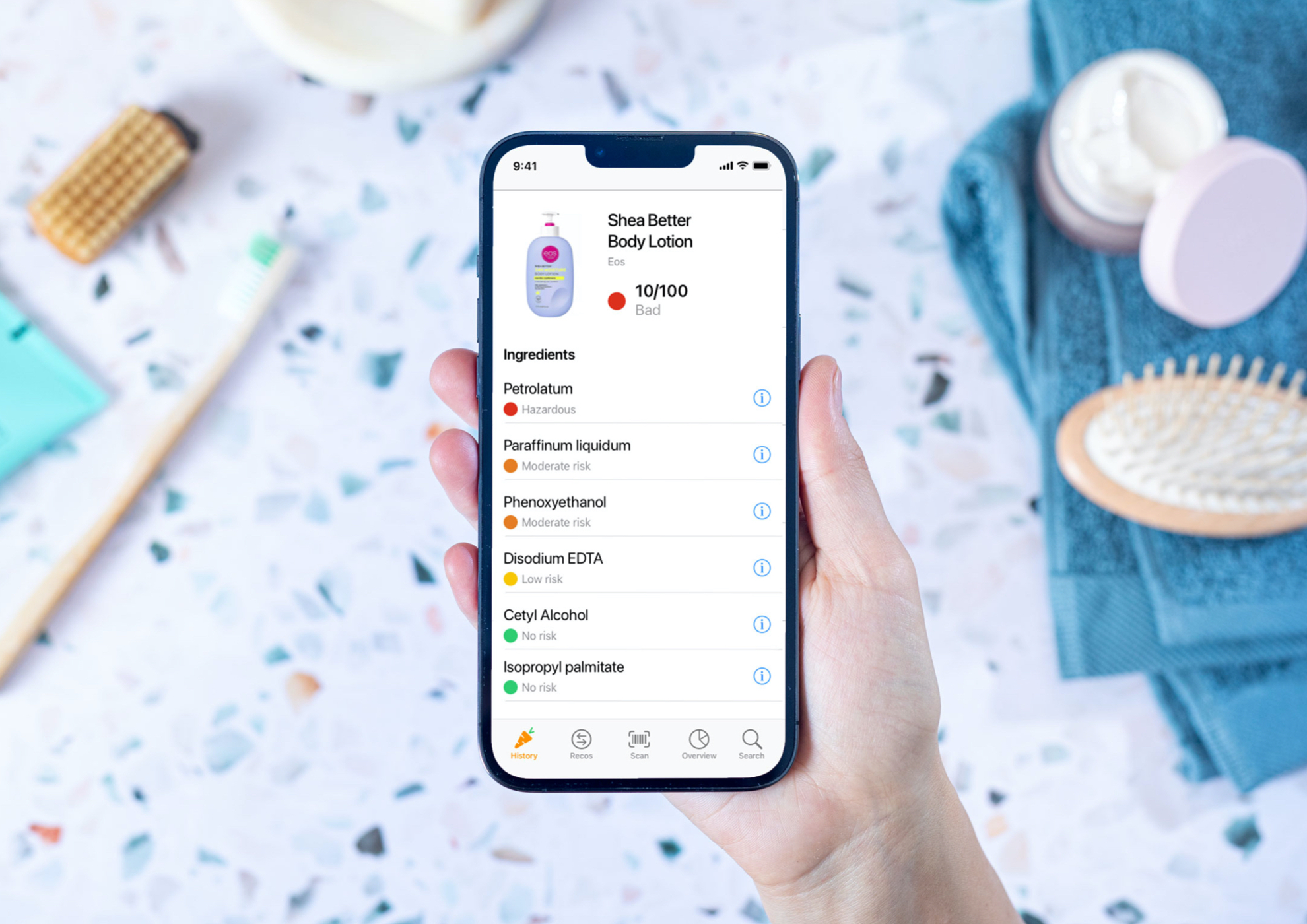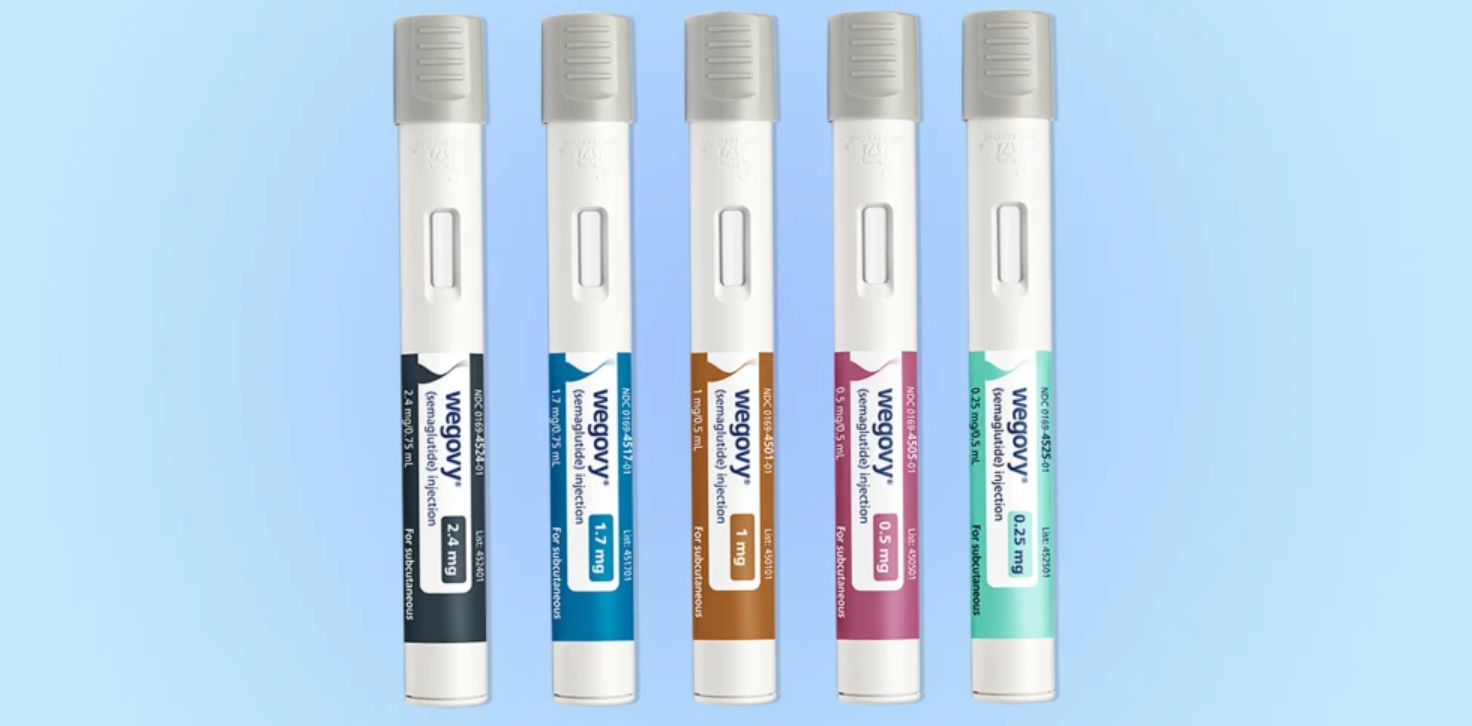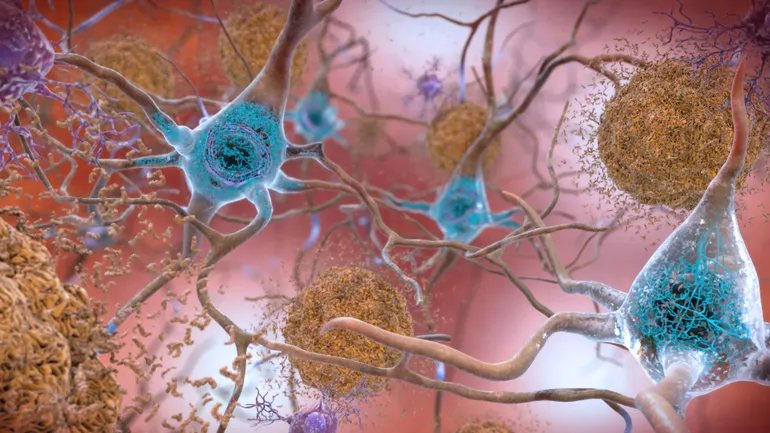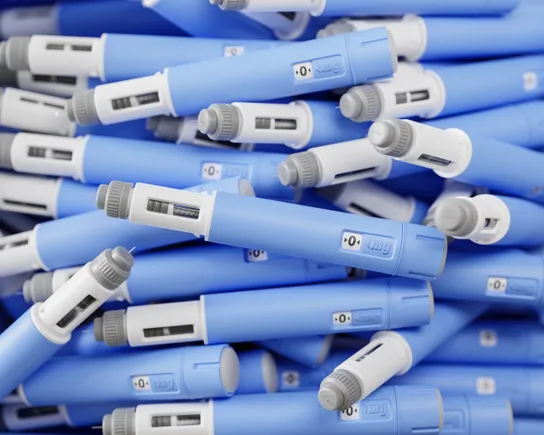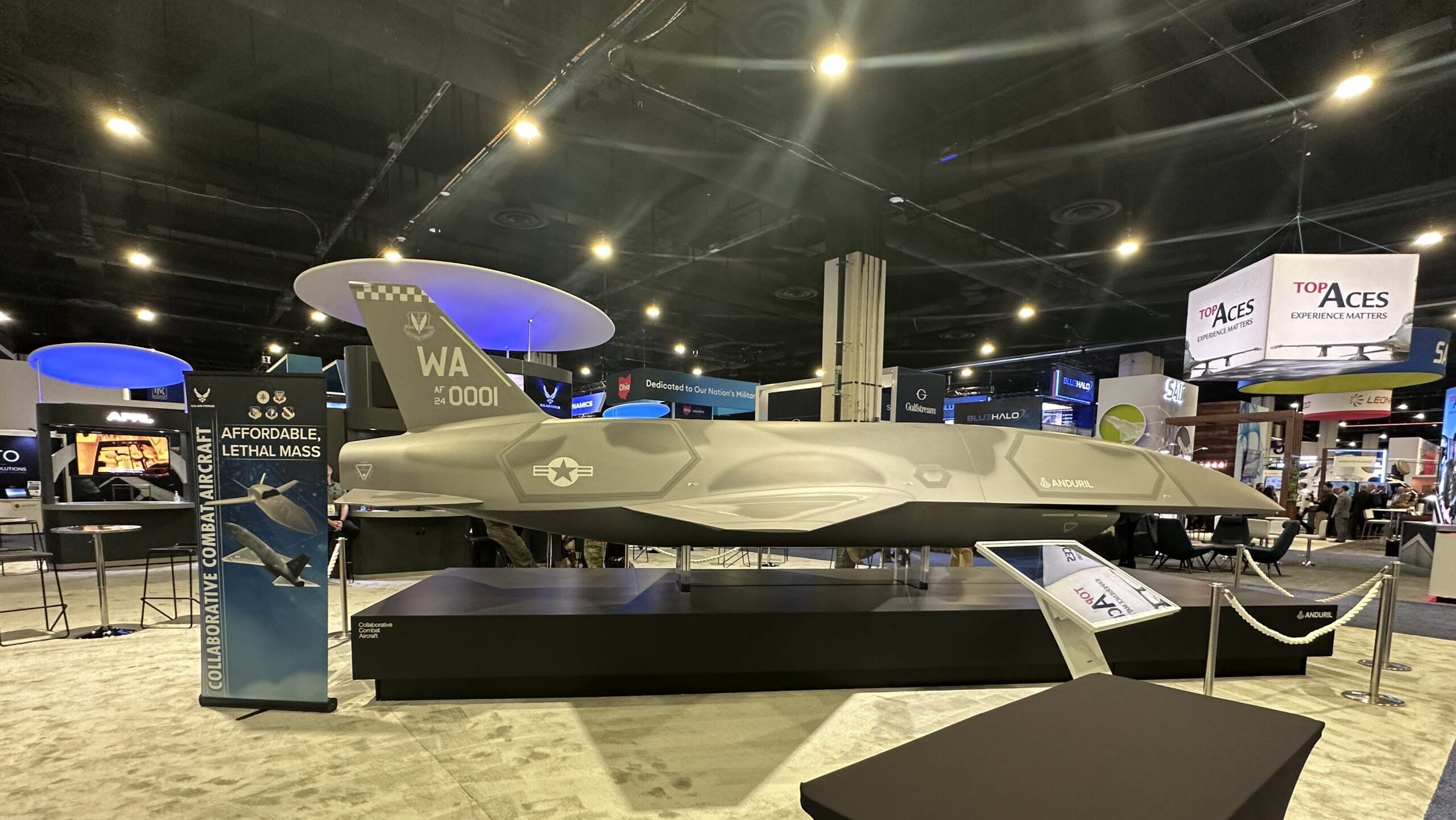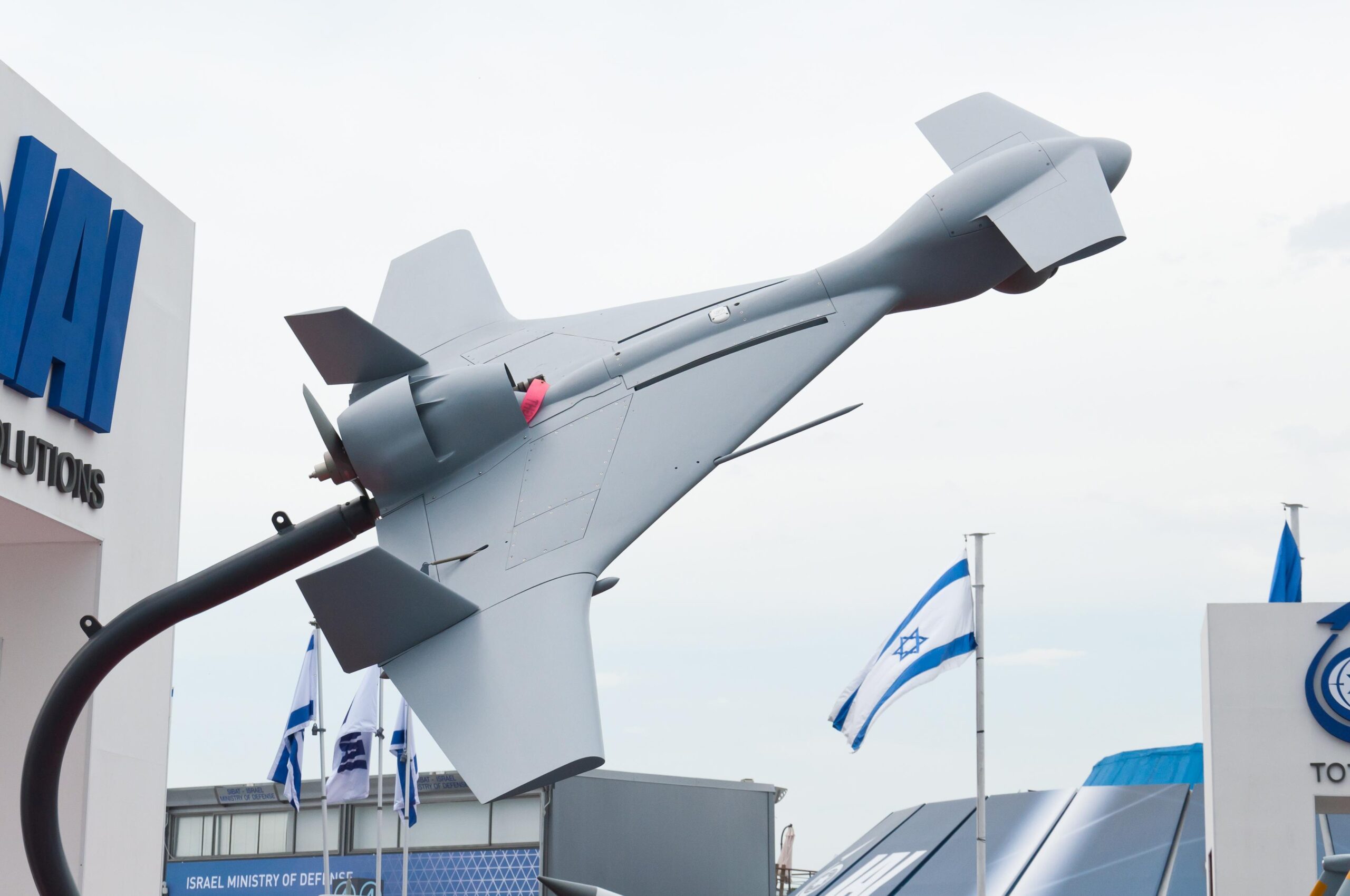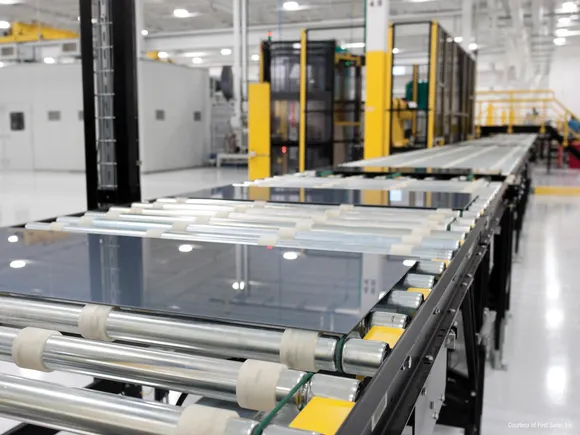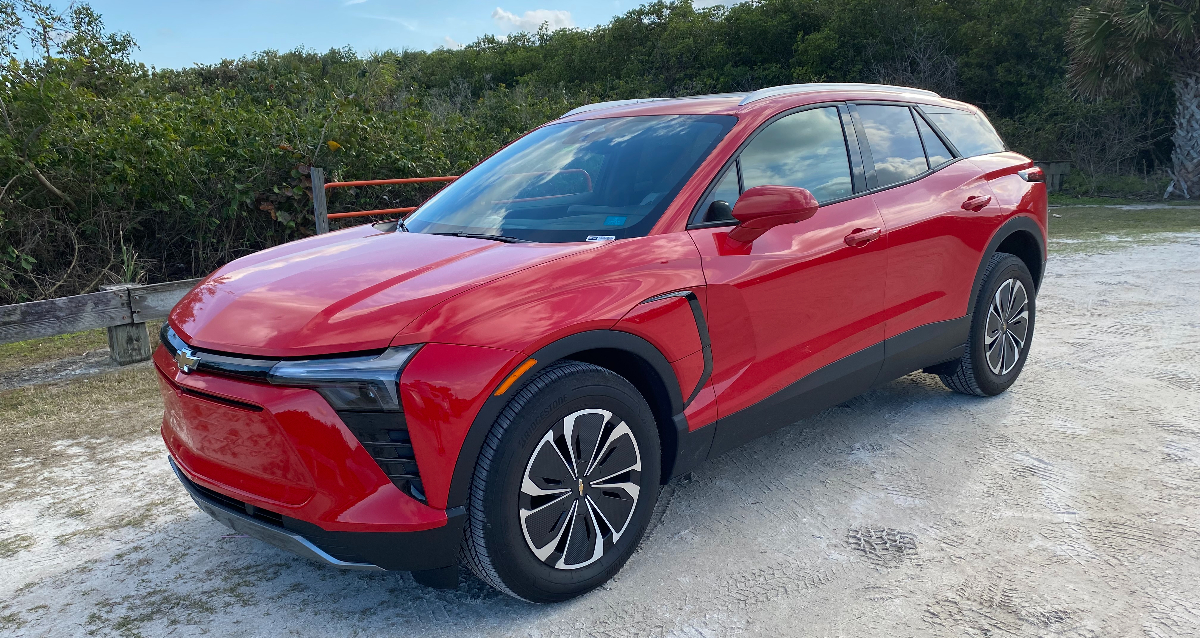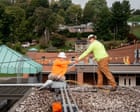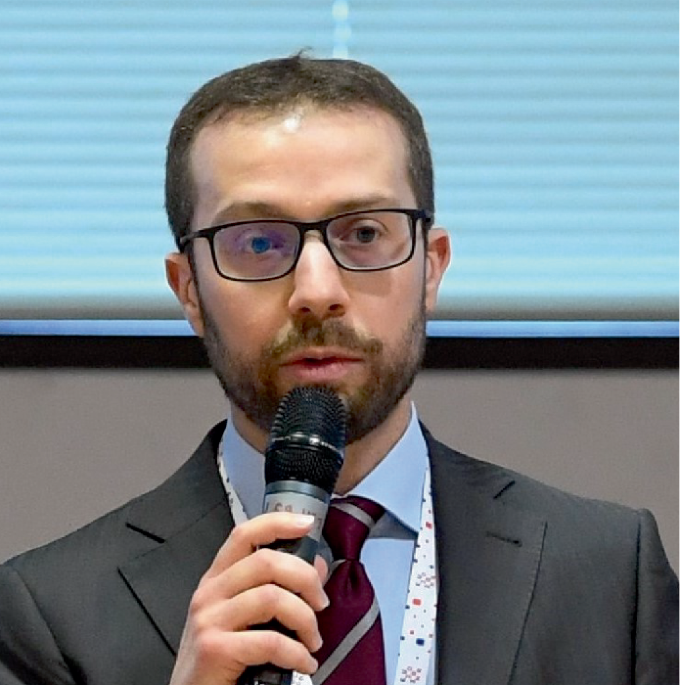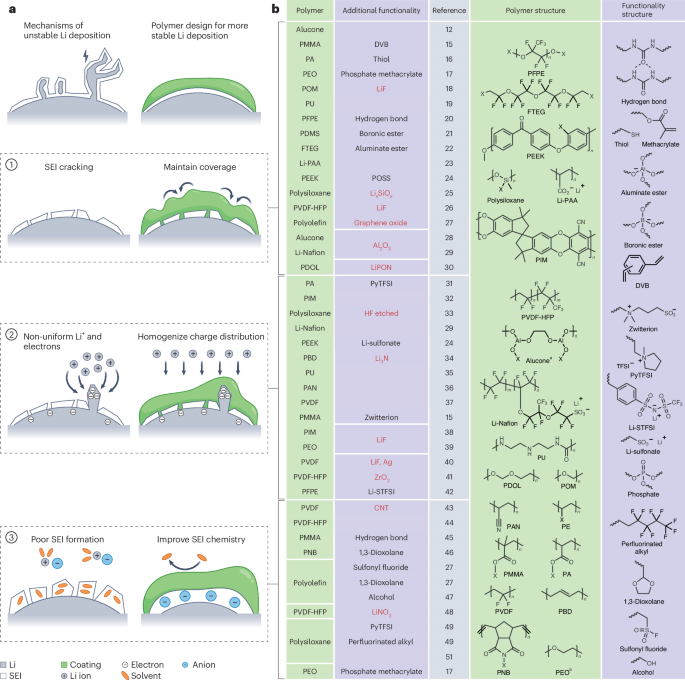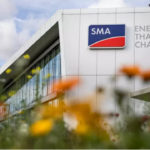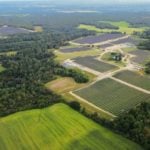Biodegradable Piezoelectric Janus Membrane with Enhanced Antibacterial and Osteoinductive Properties for Periodontitis Therapy
Advanced Healthcare Materials, Volume 14, Issue 12, May 6, 2025.

A novel biodegradable piezoelectric double-layered membrane with non-piezoelectric Poly-L-lactic acid (PLLA) side designed facing the gingiva and piezoelectric PLLA-ZnO side facing the alveolar bone is developed. The asymmetric piezoelectric charge allows barrier function to fibroblasts, enhanced antibacterial property and osteogenic property as well as anti-inflammation in periodontitis treatment both in vitro and in vivo.
Abstract
An ideal guided bone regeneration (GBR) membrane for periodontitis treatment should incorporate biocompatibility, biodegradability, mechanical strength, antibacterial properties, and osteoconductivity. However, no commercially available GBR membrane meets all these criteria simultaneously. In this study, a novel biodegradable piezoelectric double-layered membrane is developed, with a non-piezoelectric Poly-L-lactic acid (PLLA) side facing the gingiva and a piezoelectric PLLA-ZnO side facing the alveolar bone. This asymmetric GBR membrane, with distinct fiber orientations and charge distribution, combines and synergizes mechanical strength, degradability, barrier function, antibacterial activity and osteogenic potential to enhance bone regeneration efficacy. The GBR membrane can effectively prevent fibroblast migration, inhibits bacterial infection, and promotes bone regeneration both in vitro and in vivo. In vitro testing shows good antibacterial rate against Porphyromonas gingivalis (P. gingivalis) and Staphylococcus aureus (S. aureus) after 10 min of ultrasound stimulation. Expression levels of osteogenic genes Bone morphogenetic Protein 2 (BMP2), Runt-related transcription factor 2 (RUNX2), Osteopontin (OPN) and Osteocalcin (OCN) are over twice that of the control. In a mouse P. gingivalis-mediated periodontitis model, our composite membrane demonstrates effective antimicrobial effects and promote bone regeneration after 2- and 4-weeks implantation, facilitated by mechanisms such as physical isolation, zinc ion release, piezoelectric effects, enhanced expression of osteogenic genes through activation of osteogenesis-related signaling pathways, underscoring its strong potential for GBR applications.

















































